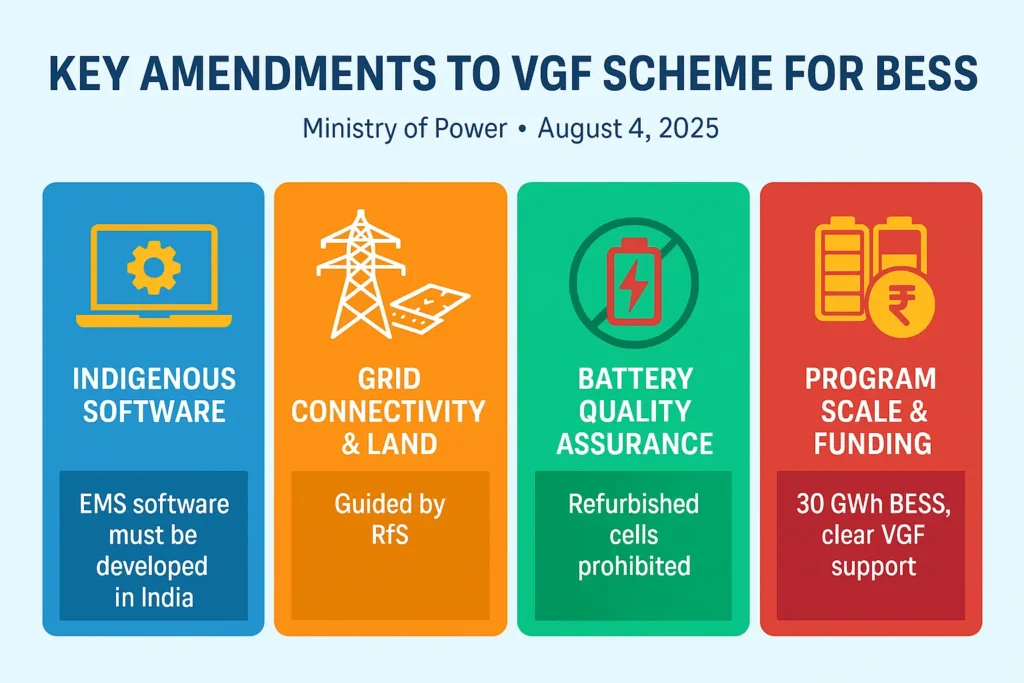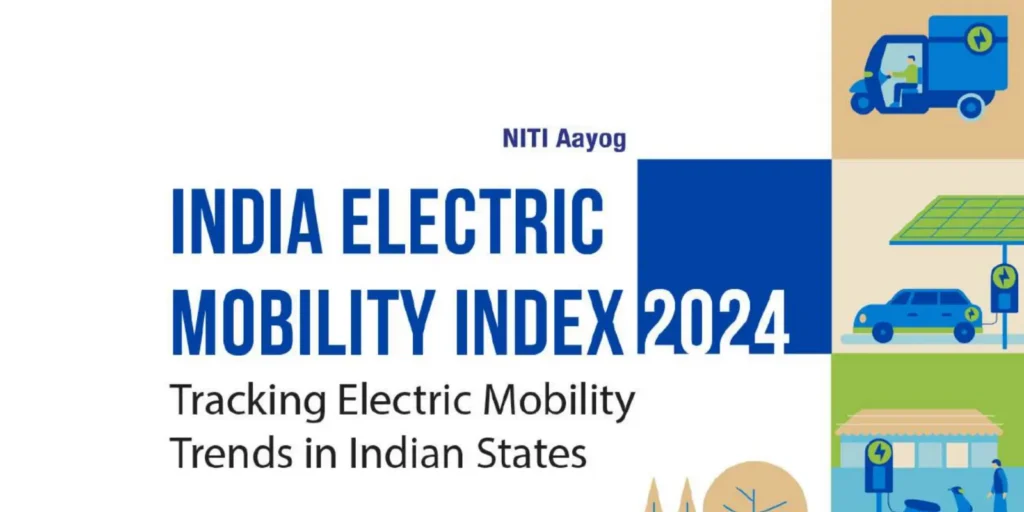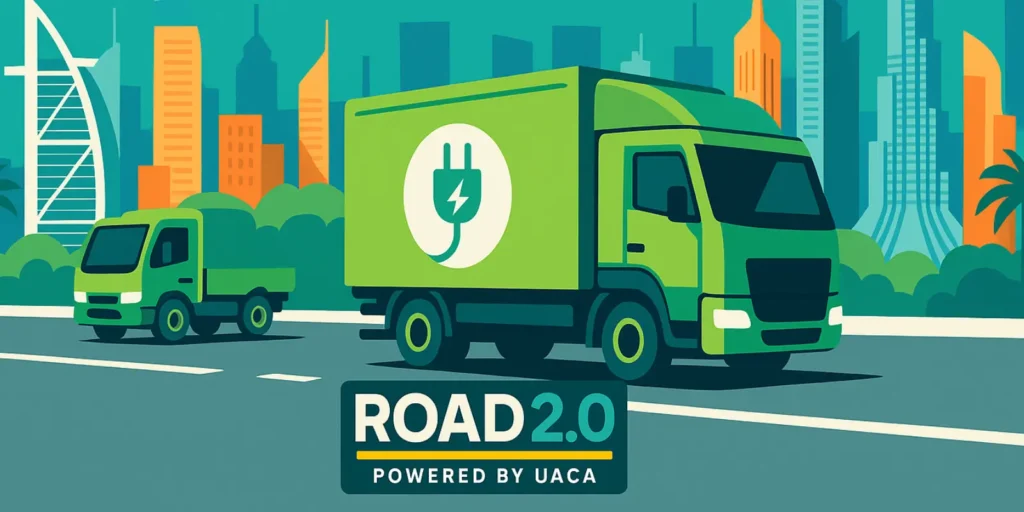Toyota launches Corolla Altis Hybrid, its first flex fuel hybrid car in India. It was inaugurated by Nitin Gadkari, Union Minister of Road Transport and Highways. This hybrid car can run on petrol, ethanol or its blend. India’s first hybrid flex-fuel vehicle is the Toyota Corolla Altis, however according to reports, 85% of vehicles in some other nations, like Brazil, already use flex-fuel.
Toyota launches flex fuel hybrid car in India
The Corolla Altis Hybrid, the country’s first hybrid vehicle that can run on ethanol, has finally launched by Toyota. The hybrid model was successfully inaugurated by the Union Minister of Road Transport and Highways, Nitin Gadkari. Flexible fuels, such as petrol, ethanol, or a mixture of the two, can be used in flex fuel cars. The customer will have the option of selecting from a variety of fuel sources, with up to an 83% blend of both fuels possible.
These cars allow you to switch between ethanol and gasoline as engine fuel. The car can also powered by a battery making it a hybrid and lowering the amount of carbon dioxide it emits. As of current scenario, ethanol is significantly less expensive than petrol in India, giving flex fuel vehicle owners the option to use the fuel to reduce their fuel costs. Additionally, it will assist India in lowering its dependency on petroleum imports. India’s government has begun flex fuel production. Depending on the gasoline-ethanol ratio, these are categorized as E95, E90, and E85.
The Flexi-Fuel Strong Hybrid Electric Vehicles (FFV-SHEV) technology is the base of the first-of-its-kind hybrid vehicle, the Toyota Corolla Altis. It is powered by a 1.8 liter petrol-hybrid engine that is ethanol compatible. According to Kenichi Ayukawa, president of the Society of Indian Automobile Manufacturers (SIAM), the program will enable India to achieve its goal of ranking among the top worldwide producers in each car class within the next 25 years.
The majority of the components in flexible fuel vehicles are comparable to those in petrol-only vehicles, according to the US Department of Energy. The FFVs primarily have an internal combustion engine that runs on either petrol or petrol blended with ethanol. These automobiles have a number of specific ethanol-compatible components installed in them that distinguish them apart from petrol only vehicles.
Germany inaugurates world’s first hydrogen-powered rail fleet
Read Ahead
The fuel pump and fuel injection system have been modified. Engine Control Modules are also used to adjust FFVs to account for the greater oxygen content of ethanol. It keeps an eye on and manages the emissions system, ignition timing, and fuel mixture. Along with this, the module also monitors how the car is being driven and protects the engine against overuse. It is also in charge of identifying and resolving issues.



